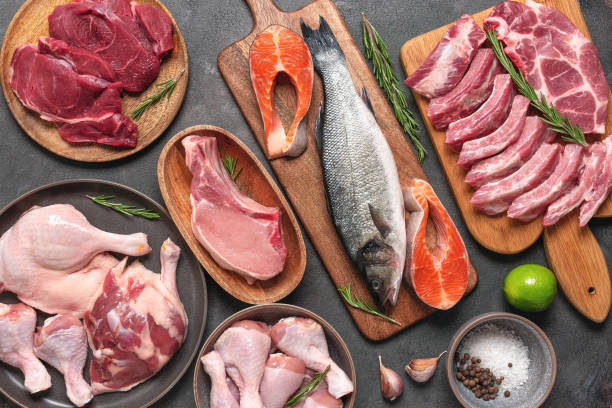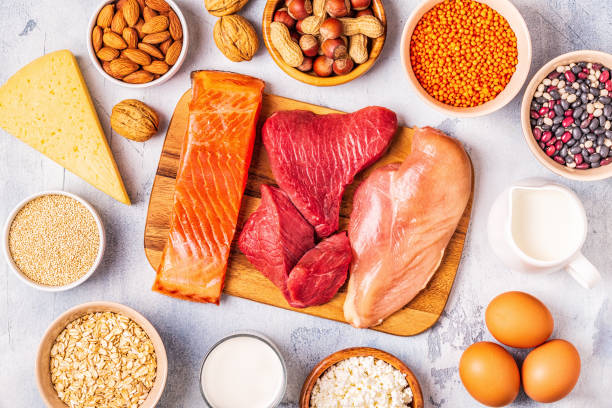rotein is an essential nutrient that is necessary for the proper growth and function of the human body. It is made up of amino acids, which are the building blocks of the body’s tissues and muscles. One of the main functions of protein is to repair and build new tissues, and it also plays a role in the production of enzymes, hormones, and other important molecules. In addition to its structural and functional roles, protein is also a source of energy for the body, and it can be used as an alternative to carbohydrates and fats when the body needs energy.
So, how many calories are there in protein? The answer is that it depends on the type of protein you are consuming. Different sources of protein have different amounts of calories per gram, and the number of calories in protein can also vary based on the serving size and other factors. Here is a closer look at how many calories are in different types of protein:
Animal proteins: Animal proteins are generally higher in calories compared to plant proteins. For example, a 3.5-ounce (100-gram) serving of chicken breast contains about 165 calories, while the same serving of beef contains about 250 calories. Similarly, a 3.5-ounce serving of pork contains about 290 calories, and a 3.5-ounce serving of lamb contains about 300 calories. Fish and seafood are generally lower in calories, with a 3.5-ounce serving of salmon containing about 200 calories and a 3.5-ounce serving of shrimp containing about 100 calories.
Plant proteins: Plant proteins are generally lower in calories compared to animal proteins. For example, a 1-cup serving of cooked beans or lentils contains about 200 calories, while the same serving of tofu contains about 150 calories. A 1-cup serving of cooked quinoa contains about 220 calories, and a 1-cup serving of cooked brown rice contains about 215 calories. Nuts and seeds are also good sources of plant protein, but they are higher in calories due to their high fat content. For example, a 1-ounce serving of almonds contains about 170 calories, and a 1-ounce serving of pumpkin seeds contains about 150 calories.
Protein supplements: Protein supplements, such as protein powders and protein bars, are convenient sources of protein, but they can vary in calorie content depending on the type of protein and other ingredients used. For example, a scoop of whey protein powder typically contains about 120-150 calories, while a scoop of plant-based protein powder may contain about 100-130 calories. Protein bars can also vary in calorie content, with some containing as few as 100 calories and others containing as many as 250 calories or more.
It is important to note that the number of calories in protein is not the only factor to consider when selecting a protein source. The quality of the protein, as well as its amino acid profile and other nutrient content, is also important. Animal proteins are generally considered to be complete proteins, meaning they contain all of the essential amino acids the body needs, while plant proteins are generally considered to be incomplete proteins and may need to be combined to provide all of the essential amino acids.
The recommended daily intake of protein varies depending on a person’s age, gender, weight, and activity level. On average, adult men and women need about 0.8 grams of protein per kilogram of body weight per day, which is equivalent to about 56 grams of protein for a sedentary man and 46 grams for a sedentary woman. However, athletes and people who are physically active may need more protein to support muscle repair and recovery.

 Home
Home Health
Health Diet & Nutrition
Diet & Nutrition Living Well
Living Well More
More












